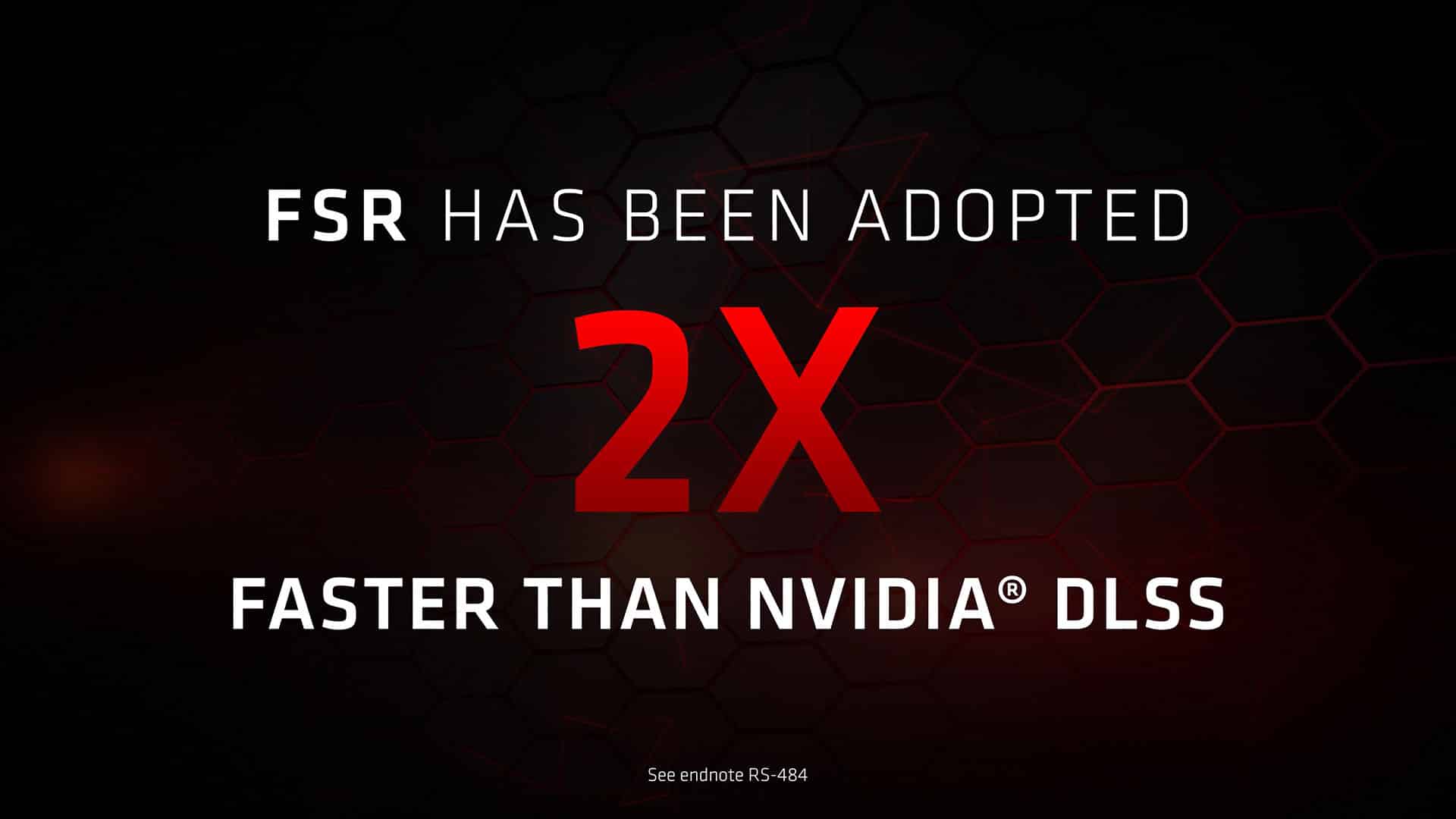AMD’s FSR 1.0 spatial upscaling technology was adopted by developers 2x faster than rival NVIDIA’s DLSS. The reason behind it is rather straightforward. It’s a spatial filter requiring minimal adjustments to the rendering pipeline while DLSS 2 is a temporal upscaler reliant on motion vectors, jitter offsets, and frame data from previous frames.
A total of 110 titles now support AMD FidelityFX Super Resolution, an impressive figure considering that the technology has been out for barely a year. Meanwhile, NVIDIA’s proprietary upscaler DLSS has been out since the early days of Turing (late 2018) and is yet to hit the 200-game mark despite being out for nearly four years now.
This isn’t necessarily a bad thing for DLSS as it’s only supported on the latest NVIDIA graphics cards while FSR works on pretty much every modern graphics processor (discrete and integrated). Developer support on the Xbox Series X|S for both FSR 1.0 and 2.0 is also out now, allowing multi-platform support for Team Red’s open-source upscaler.
Adoption of FidelityFX Super Resolution 2.0 is also growing rapidly, piggybacking on already existent DLSS support. Both the upscalers have roughly the same kind of implementation, requiring low-resolution images, motion vectors, and temporal frame data as the input. It won’t be long before the two technologies will be on equal footing (at least in terms of adoption), much like FreeSync and G-Sync.






